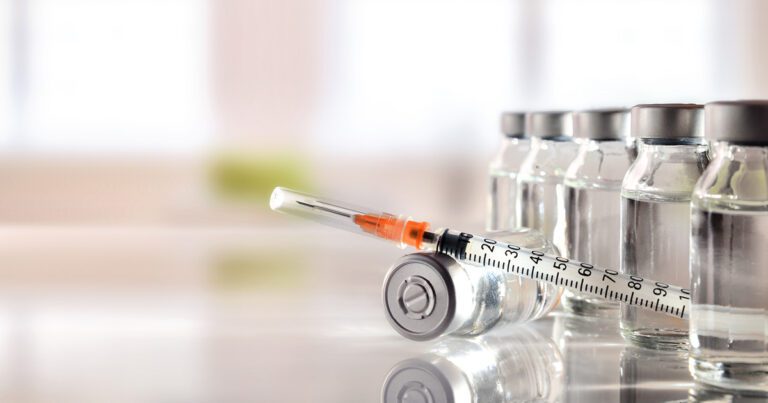January 18, 2024
1 minute reading
Basic foods:
- Results from non-surgical rhinoplasty using hyaluronic acid-based filler injections yielded high patient satisfaction scores.
- 89% of patients reported experiencing low levels of pain during the procedure.
Non-surgical rhinoplasty using hyaluronic acid-based filler injections may be a comparable alternative to surgical rhinoplasty, according to a study.
“Rhinoplasty surgery has been the gold standard for nose reshaping for the past century, with more than 726,000 procedures performed internationally in 2018 alone.” Kalpna K. Durairaj, MD, of Huntington Hospital and colleagues wrote. “However, this number is declining due to the increasing popularity of minimally invasive, non-surgical rhinoplasty alternatives, which offer comparable results at lower costs and less downtime.”


One of these alternatives is liquid or injectable rhinoplasty that uses hyaluronic acid-based fillers. In a retrospective analysis, Durairaj and colleagues asked 56 patients (median age, 33.5 years, 54 women) who received this nonsurgical rhinoplasty technique to complete a questionnaire detailing their experience with the procedure.
When asked how much they liked the overall appearance of their nose on a scale of 0 (very dissatisfied) to 10 (very satisfied), patients reported a mean preoperative score of 4 and a postoperative score of 9, showing a paired median difference of 4 (99% CI, 3-5.5).
According to the study, the percentage of patients who were “somewhat satisfied” and “very satisfied” with the appearance of their nose, including the nasal bridge (16.1% vs. 89.2%), nasal tip (8.9 % vs. 91.1%) and profile appearance (8.9% vs. 91.1%), significantly increased after injection rhinoplasty.
On a scale of 1 to 10, with 10 being extreme pain, patients reported a median pain level of 2 with more than 89% of patients surveyed experiencing pain in the 1 to 4 range. None of the patients reported pain in the range of 8 to 10. In addition, adverse complications after the procedure were generally low, with the most common events being bruising (87.5%), swelling (80.3%), tenderness (78.6% ) and asymmetry (94.6%).
“Based on the results of the questionnaire, it is apparent that nonsurgical rhinoplasty with fillers can achieve similar satisfaction to surgical rhinoplasty,” the authors wrote. “The results of this study support that hyaluronic dermal filler can be used as an alternative to surgical nasal reconstruction.”


